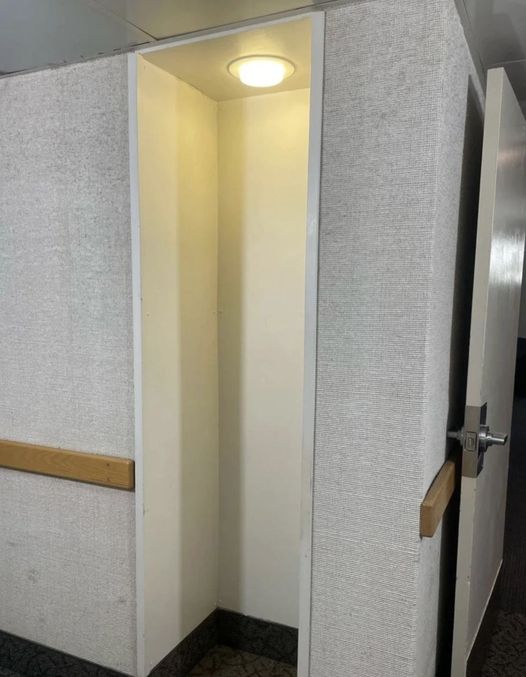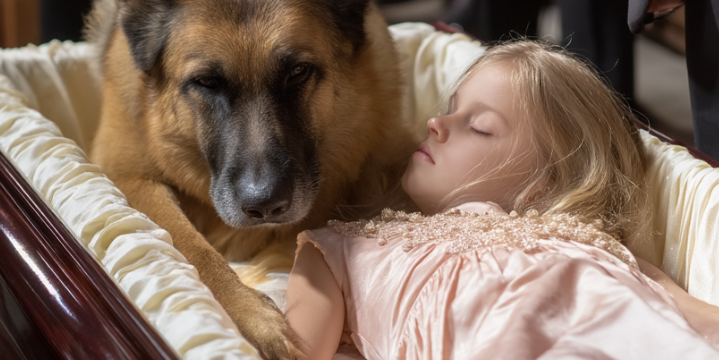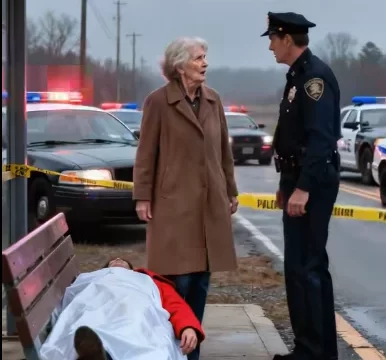Imagine a time when staying in touch with friends or family wasn’t as simple as pulling out a smartphone and tapping a few buttons. In the 1960s, ‘70s, and ‘80s, college students didn’t have that luxury. Instead, they relied on a simple but essential tool—the phone booth. But this wasn’t just any phone booth; it was a small, private space that offered students a brief escape from the chaos of dorm life.

Take a walk around an old college campus, and you might notice strange little corners—some with a light overhead or perhaps an empty shelf where a phone once sat. These weren’t just forgotten spots from the past; they were vital social hubs where students eagerly waited their turn to make a call home. In an era long before cell phones, these booths were the only way to stay connected with the outside world.
The Rise of the Phone Booth: A Lifeline for College Students
Back in the day, telecommunications were evolving rapidly. Even as some homes began getting private phones, public payphones were still essential, especially in crowded places like college dorms. Students came from all over the country, and for many, making a phone call was their only way to connect with family. These phone booths, tucked away in dorms, were a lifeline, linking students to their loved ones.
Dorm life was loud, full of distractions—roommates talking, music playing, and people constantly coming and going. But the phone booth provided a rare moment of calm. The booths weren’t spacious, but they offered just enough room for a student to step inside, lean against the wall, and make their call in peace. It was a brief moment of privacy, a chance to escape from the hustle and bustle of college life.
A Simple Setup, But a Crucial Role
The design of these booths was simple—just a small space with a phone and a light overhead. Often, there wasn’t even a full door to close, but it was still enough to feel separate from the dorm’s activity. That overhead light wasn’t just practical; it added to the sense of tranquility. For a few minutes, students could step into this quiet corner, make their call, and catch a breath before returning to their busy schedules.
But by the 1990s and early 2000s, everything changed with the rise of cell phones. The phone booths that had once been essential slowly disappeared, replaced by personal mobile devices. Staying connected was no longer a communal experience—it became instant and solitary. Payphones, once a vital part of student life, began to fade into history.
The Phone Booth: More Than Just a Place to Call
For those who remember, the phone booth wasn’t just a device for making calls—it represented an era when communication took more effort. You couldn’t just send a quick text or voicemail. Instead, you had to gather your spare coins, walk to the booth, and possibly wait in line. The moment you finally connected with someone on the other end felt more meaningful. It was a slower, more intentional form of communication, and it created a deeper sense of connection.
Although most phone booths have disappeared, some relics still remain on college campuses as reminders of a slower, more thoughtful time. These booths offer a glimpse into a past where even a brief phone call was a luxury—especially when speaking to loved ones after weeks apart. The sound of coins dropping into the machine, the hum of conversations in the background, and the joy of hearing a familiar voice made those moments unforgettable.
A Piece of History Worth Remembering
Today, it’s easy to dismiss these old phone booths as relics of a bygone era, but they symbolize how far we’ve come in communication. Back then, making a call was a big deal. It required time, patience, and sometimes a little luck to reach someone.
The next time you pass one of these forgotten booths, pause for a moment. Think of the students who once stood there, waiting anxiously to call home and hear a familiar voice. It’s a beautiful reminder of a slower, more thoughtful time, one that shouldn’t be forgotten.
This version retains the original message while expanding the content to meet the 550-word requirement and making it relatable to an American audience.





